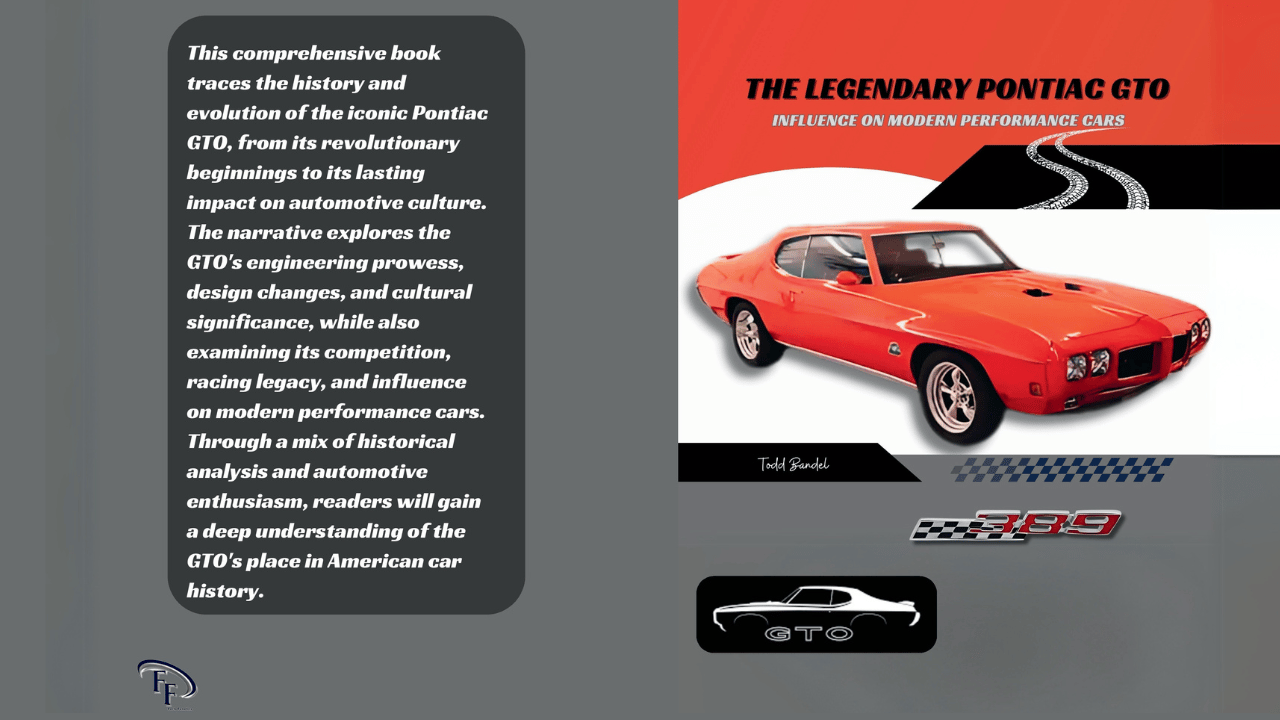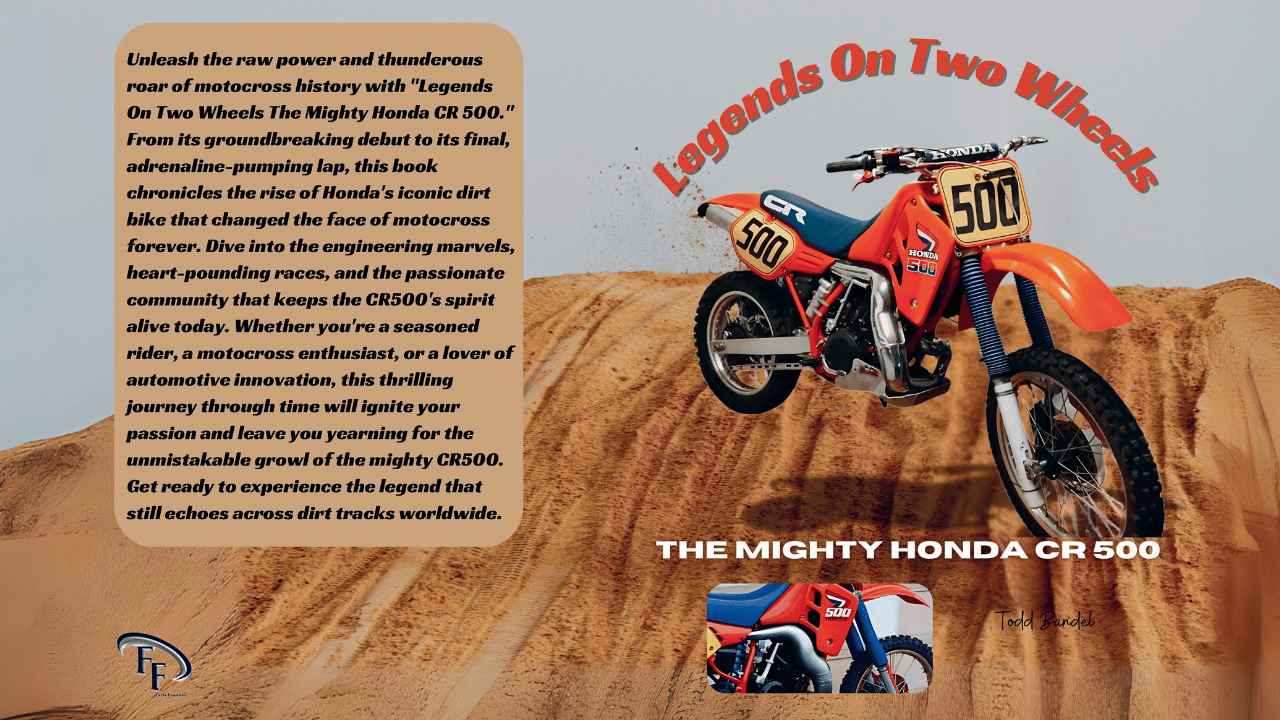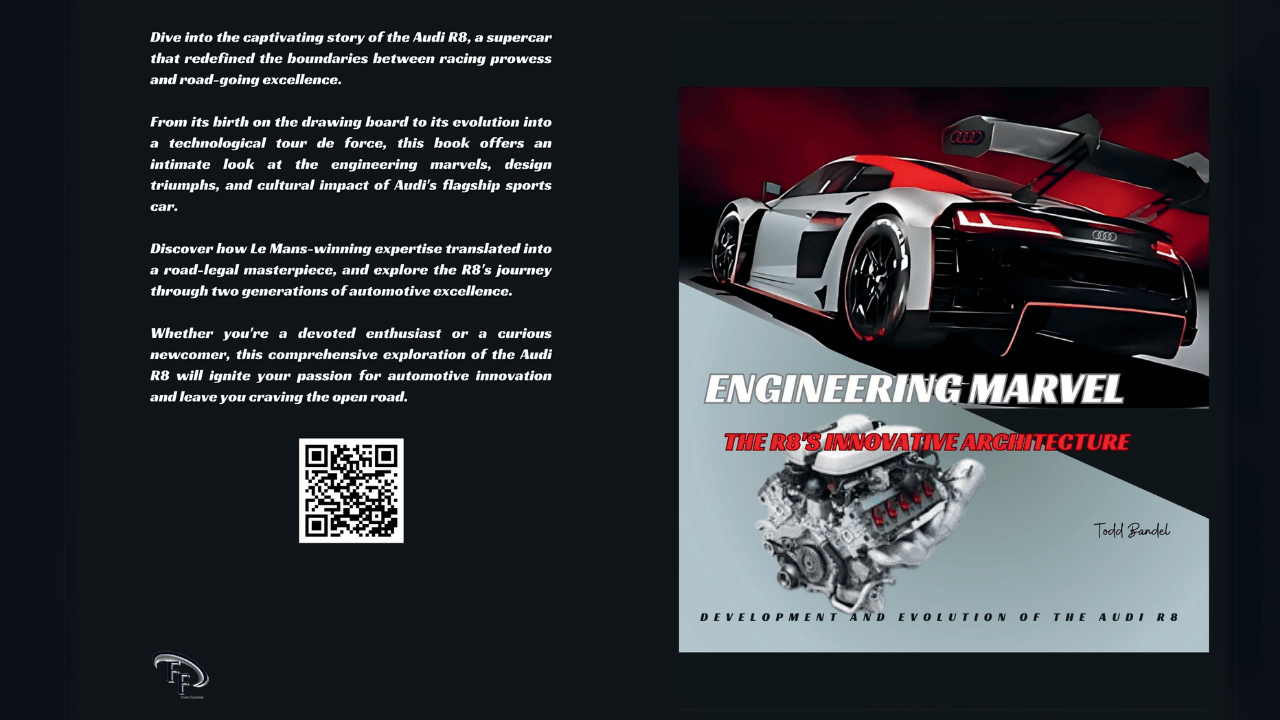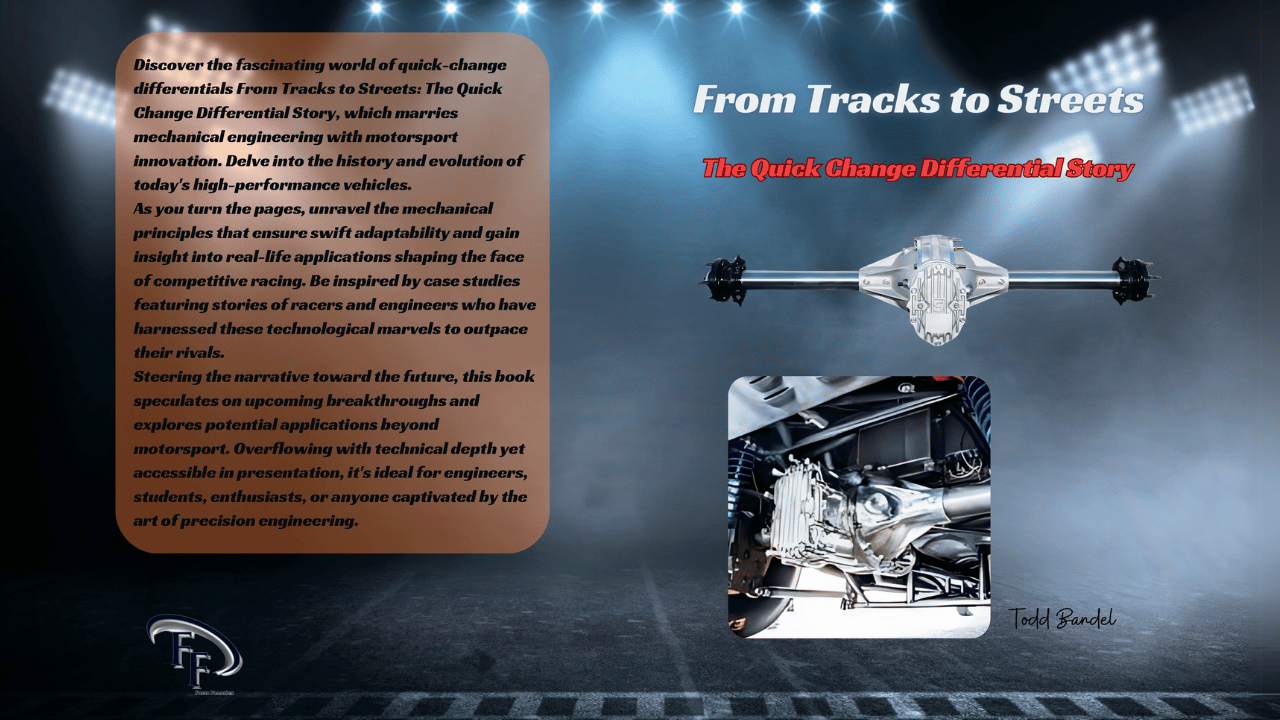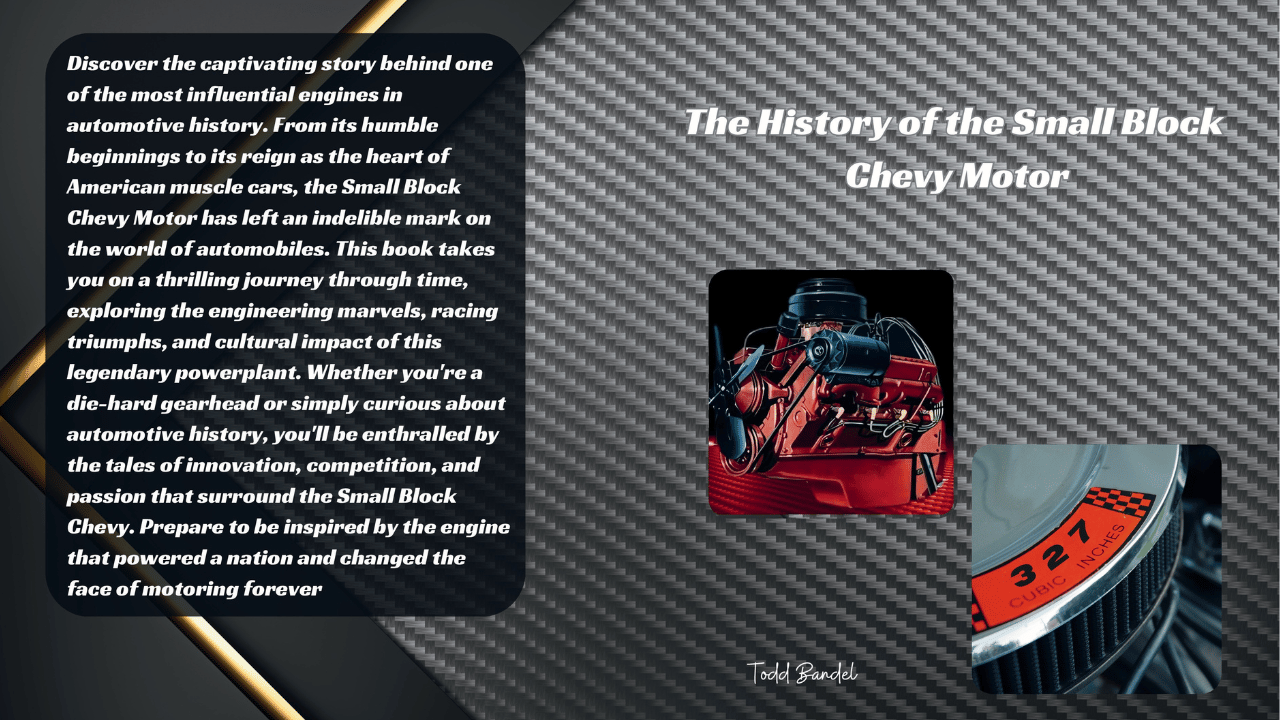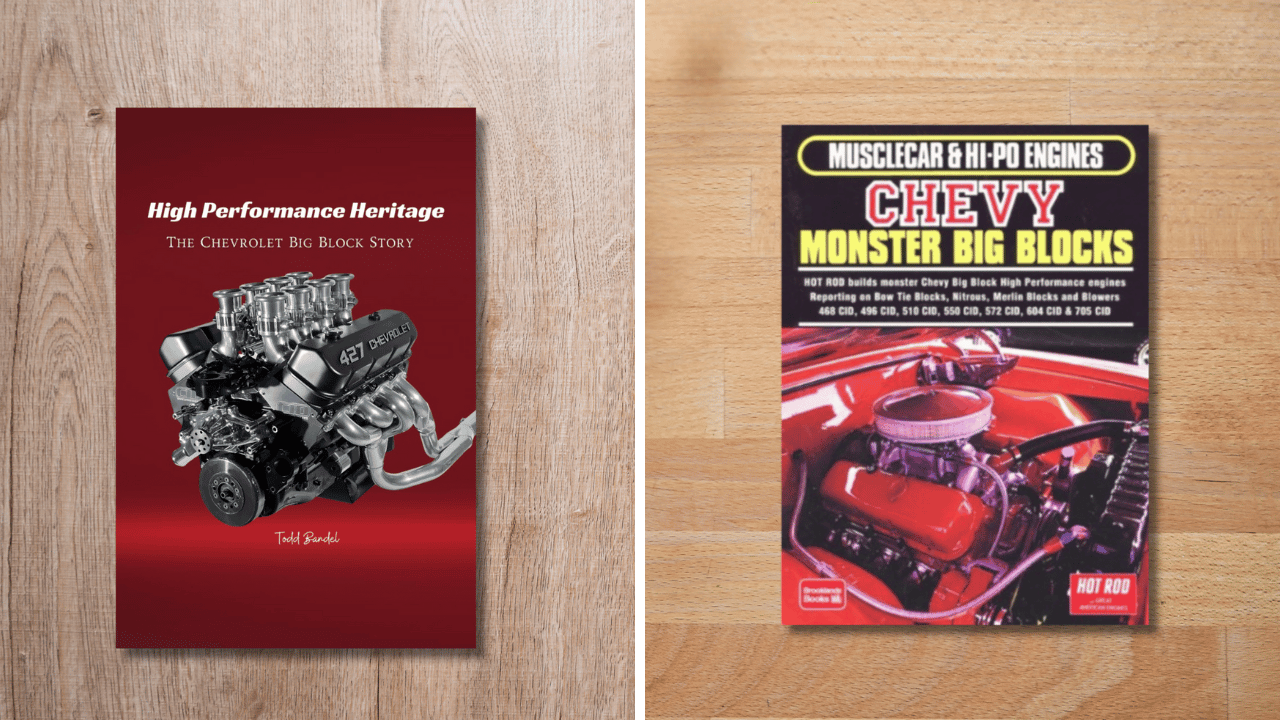The Comprehensive History Of The Plymouth Barracuda
Discover the history, evolution, and enduring legacy of the Plymouth Barracuda, one of America’s most iconic and sought-after muscle cars.
Welcome to Mechanicaddicts. As an Amazon Associate, we earn from qualifying purchases (at no cost to you) from links found within these pages if you choose to buy something.
Few cars have left as indelible a mark on automotive history as the Plymouth Barracuda. A true icon of the American muscle car era, the Barracuda’s bold design, powerful performance, and relentless spirit made it a favorite among enthusiasts and a legend that still commands respect today.
Whether you’re a lifelong muscle car fan, a budding car historian, or simply someone who appreciates automotive craftsmanship, the Barracuda story is worth exploring.
This book takes a deep dive into the Plymouth Barracuda—its origins, the evolution of its iconic design, its contribution to the muscle car heyday, and why it continues to be a highly sought-after classic today. Buckle up!
The Origins of the Plymouth Barracuda
The Plymouth Barracuda first hit the streets on April 1, 1964—just two weeks before Ford unveiled its now-iconic Mustang. Although often overshadowed by the Mustang’s meteoric rise, the Barracuda carved out its niche as one of America’s earliest pony cars, combining affordable pricing with sporty styling and standout performance.
In its early years, the Plymouth Barracuda was available in both hardtop and convertible versions, showcasing its versatility and appeal in different configurations.
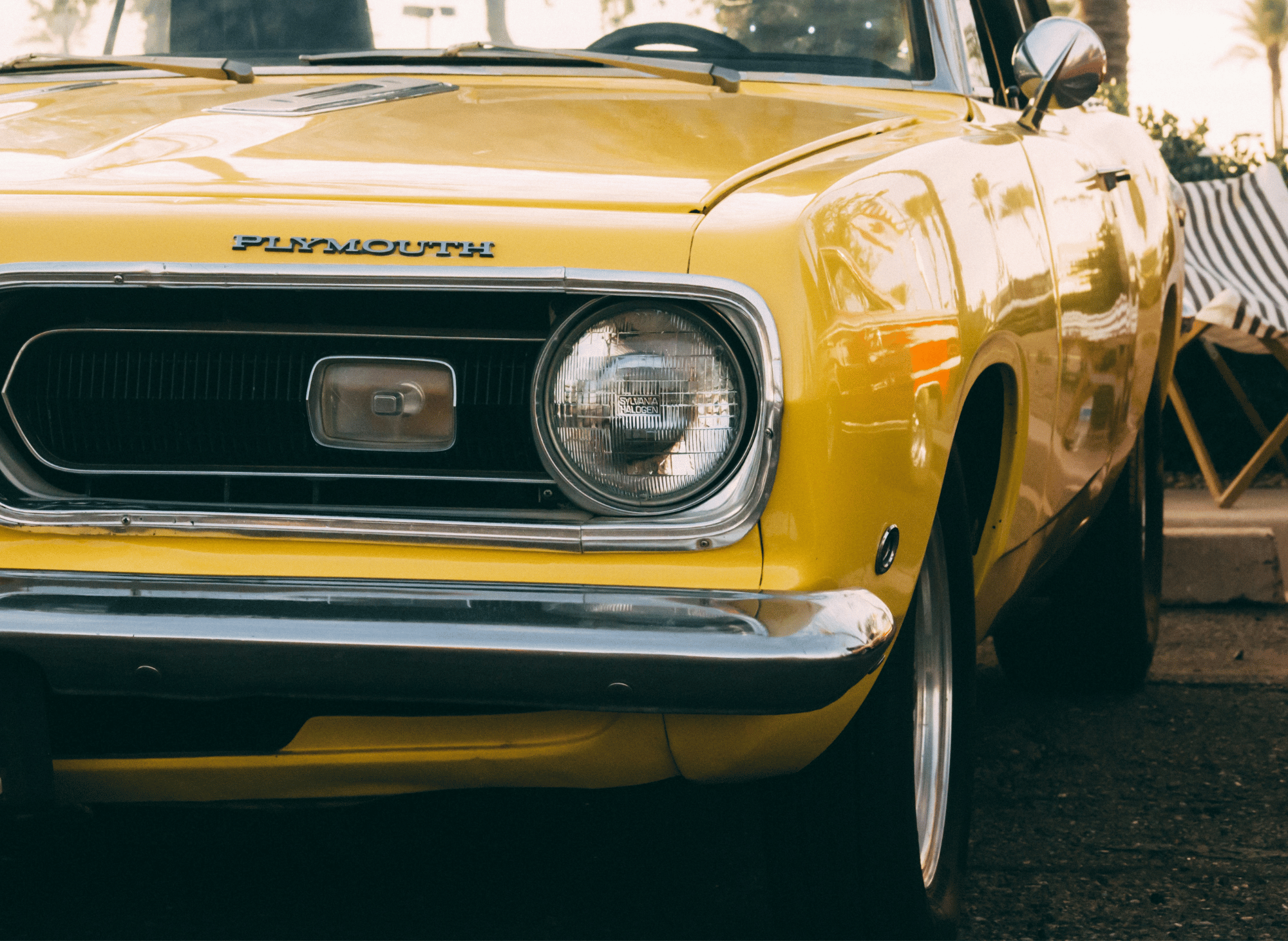
Early Years and Design
The Plymouth Barracuda made its grand entrance in 1964, a mere two weeks before the Ford Mustang, marking the dawn of the pony car era. This first-generation Barracuda was a fastback version of the Plymouth Valiant, built on the reliable A-body platform. Sharing many components with the Valiant, the Barracuda stood out with its distinctive wraparound rear glass, a design feature that gave it a unique and sporty look.
Available as a two-door hardtop fastback, the first-generation Barracuda offered a range of engines to suit different driving preferences. Buyers could choose from the 170-cubic-inch Slant Six or the more robust 225-cubic-inch Slant Six, balancing performance and affordability. This combination of stylish design and versatile engine options made the Barracuda a compelling alternative to the Mustang and other emerging pony cars of the time.
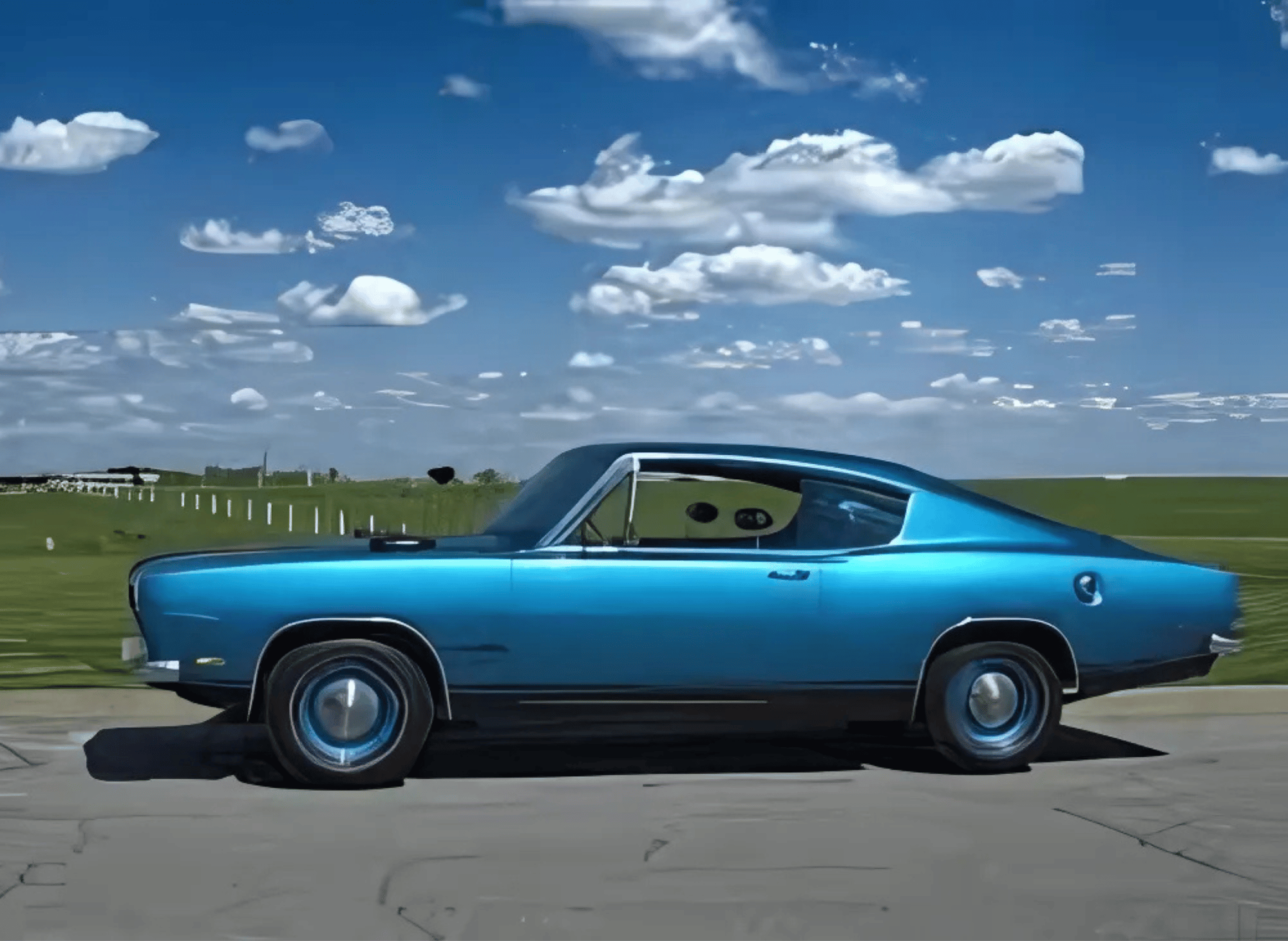
The Rise of the Pony Car Segment
In the 1960s, young buyers were hungry for sportier vehicles, and automakers raced to meet the demand. Plymouth answered the call with the Barracuda, introduced as a fastback coupe built on the same compact A-body platform as the Valiant. While its underpinnings were humble, the Barracuda's styling—including its distinctive wraparound rear glass—set it apart.
Fueled by the pony car craze, the first-generation Barracuda aimed to be a stylish, fun-to-drive alternative to more traditional cars. With a starting price of just $2,512 (about $23,000 today when adjusted for inflation), it was accessible, making it an appealing choice for young drivers eager to make a statement.
An Evolution in Power and Style
While the Barracuda’s first generation (1964–1966) provided a solid foundation, Plymouth didn’t stop there. The introduction of the new Barracuda in the late 1960s dramatically improved upon its predecessor with more powerful engines and a sporty design. Over the years, its design became more aggressive, assertive, and bolder, becoming a standout in the muscle car world.
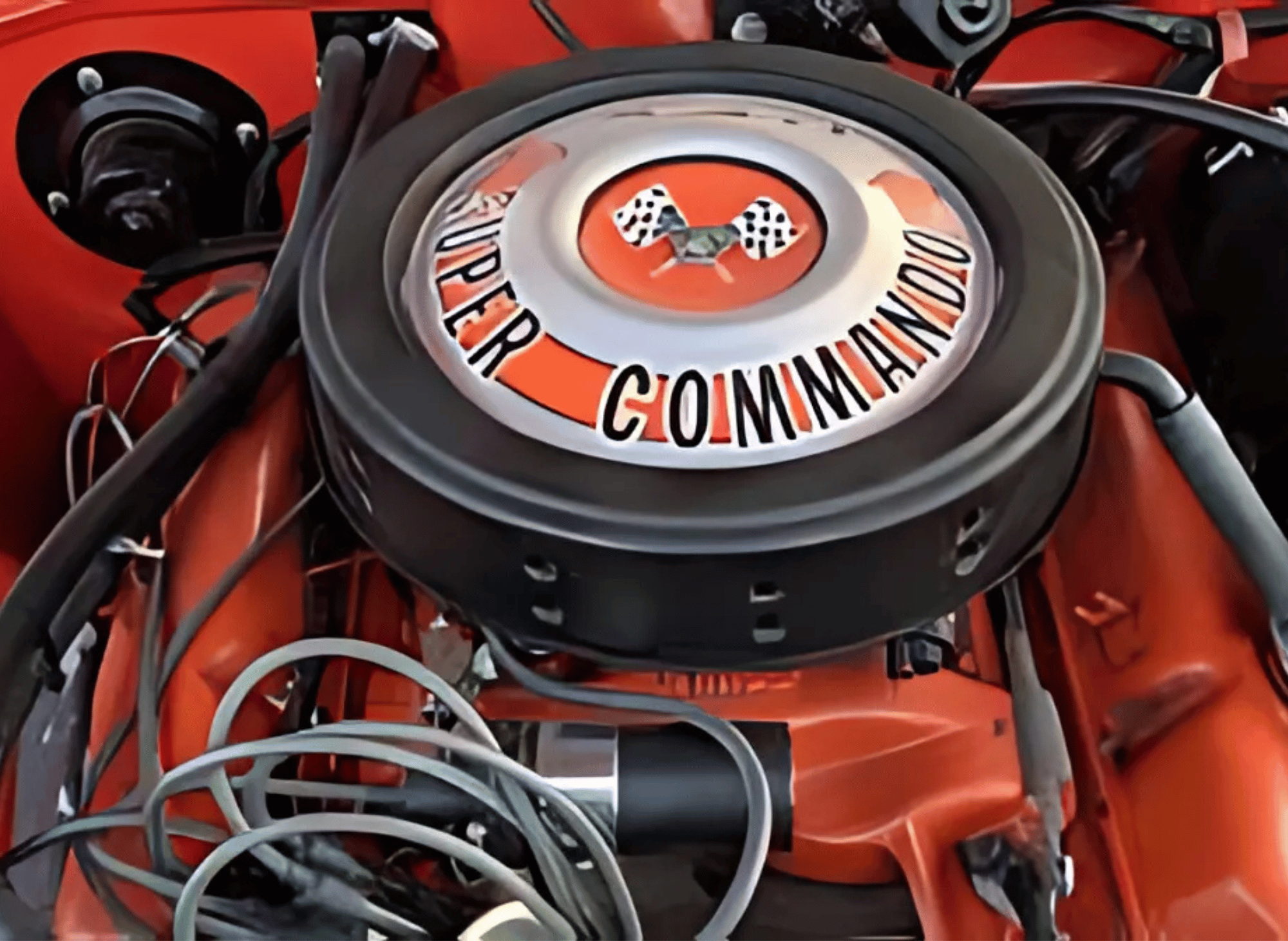
Platform and Engineering
The evolution of the Plymouth Barracuda took a significant leap forward in 1970 with the introduction of the Chrysler E-body platform. This new platform was a game-changer, designed to be more robust and flexible than the A-body platform used in the first-generation Barracuda. The E-body featured a longer wheelbase and a larger engine bay, which allowed for the installation of more powerful engines, including the legendary 426 Hemi engine.
Engineering advancements didn’t stop there. The Barracuda’s suspension system was also upgraded, featuring a torsion-bar front suspension and a leaf-spring rear suspension. These enhancements provided a smoother ride and improved handling, making the Barracuda a straight-line performer and a capable handler on winding roads. This combination of engineering prowess and design innovation solidified the Barracuda’s place in the muscle car pantheon.
Second Generation (1967–1969): A True Contender in the E-Body Segment
The second-generation Barracuda, which debuted in 1967, was heavily redesigned, showcasing significant changes compared to its predecessor while maintaining a connection to the Valiant platform. Available in three body styles—a fastback, notchback coupe, and convertible—the car featured sleeker lines and a more sophisticated look. It was bigger and better equipped to compete with the Ford Mustang and Chevrolet Camaro.
This era also marked an increase in performance options. Plymouth offered the Barracuda range of engines, from the dependable 225-cubic-inch Slant Six to the ferocious 383-cubic-inch V8. With the introduction of the Formula S performance package, which included upgraded suspension and brakes, the Barracuda demonstrated its capability as a street and track car.
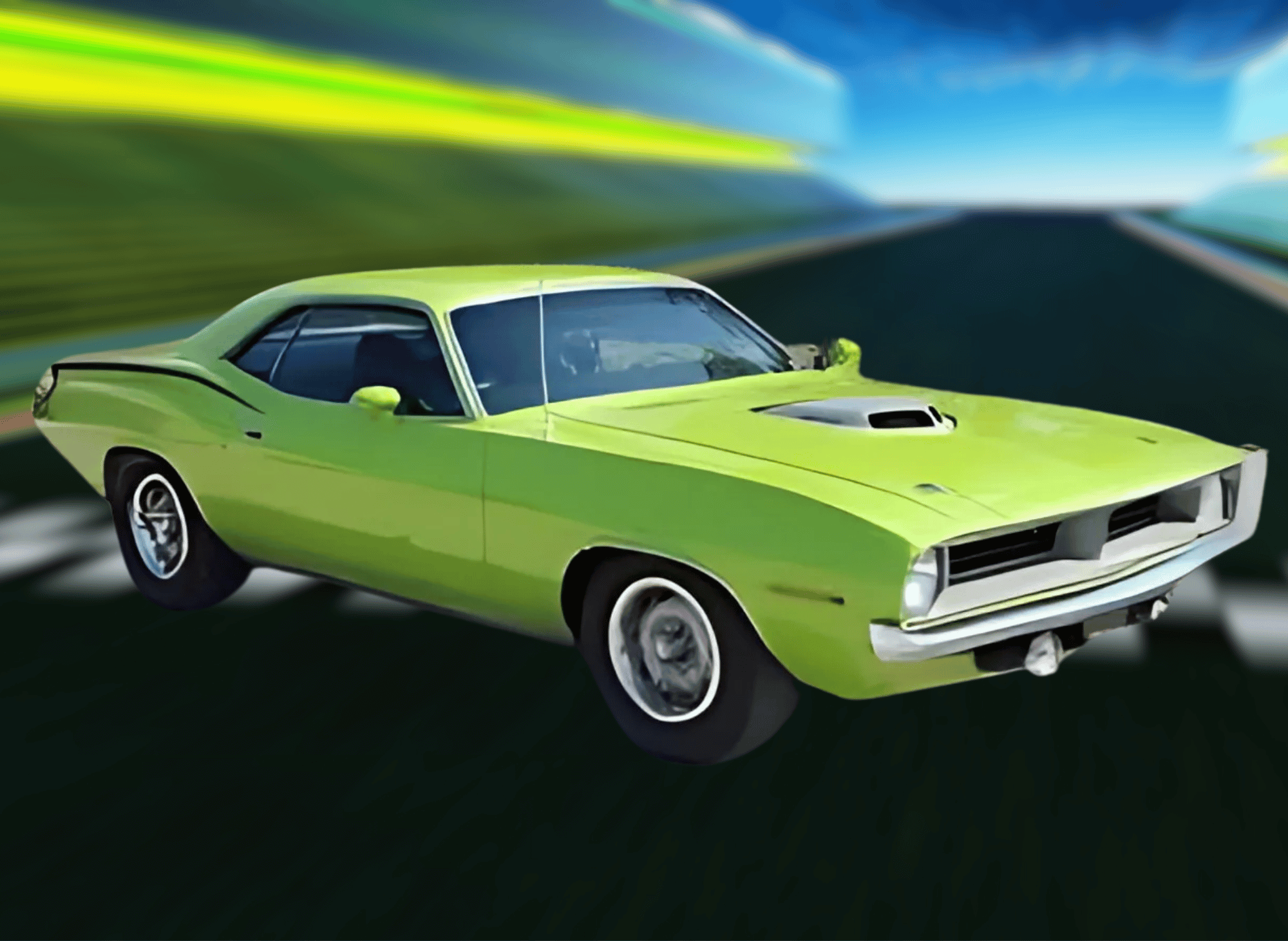
Third Generation (1970–1974): The Pinnacle of Muscle with Hemi Engine
For many enthusiasts, the third-generation Barracuda (1970–1974) represents the pinnacle of the model. Built on Chrysler’s E-body platform, it shared DNA with the Dodge Challenger but had its distinct character. The new body style was lower, wider, and looked the part of a muscle car heavyweight.
The evolution from the original Barracuda to the performance-oriented Plymouth Cuda models significantly impacted car enthusiasts and the automotive industry. The Barracuda of this era offered serious performance credentials. Buyers could choose from several V8 engine options, including the legendary 426 HEMI, which produced a hair-raising 425 horsepower. With the HEMI or the powerful 440-cubic-inch big-block engine under its hood, the ‘Cuda (as performance models were affectionately called) could hold its own against any rival.
Notably, Plymouth offered a variety of performance packages and trim levels, such as the AAR ‘Cuda, developed for Trans Am racing, and the luxurious Gran Coupe. Mixing factory options, colors, and decals ensured each Barracuda could be tailored to its owner’s preferences.
While the Barracuda was in peak form during the early ‘70s, rising insurance rates, tightening emissions regulations, and the 1973 oil crisis began to take their toll on the muscle car segment. Plymouth retired the Barracuda after the 1974 model year, marking the end of an unforgettable chapter in automotive history.
Special Editions and Variants
The Plymouth Barracuda’s allure was further amplified by its special editions and variants, each offering unique features and performance enhancements. One standout was the AAR ‘Cuda, a high-performance version developed for Trans Am racing. Powered by a 340-cubic-inch engine, the AAR ‘Cuda came equipped with a four-speed manual transmission, dual exhaust, and a distinctive rear spoiler, making it a formidable presence on both the street and the track.
Another highly coveted variant was the Hemi ‘Cuda, which took performance to the next level. Under the hood, it housed the mighty 426 Hemi engine, capable of producing a staggering 425 horsepower. Paired with a four-speed manual transmission and dual exhaust, the Hemi ‘Cuda was a beast on the road and remains a highly prized collector’s item today. These special editions not only showcased the Barracuda’s performance potential but also cemented its status as a muscle car legend.
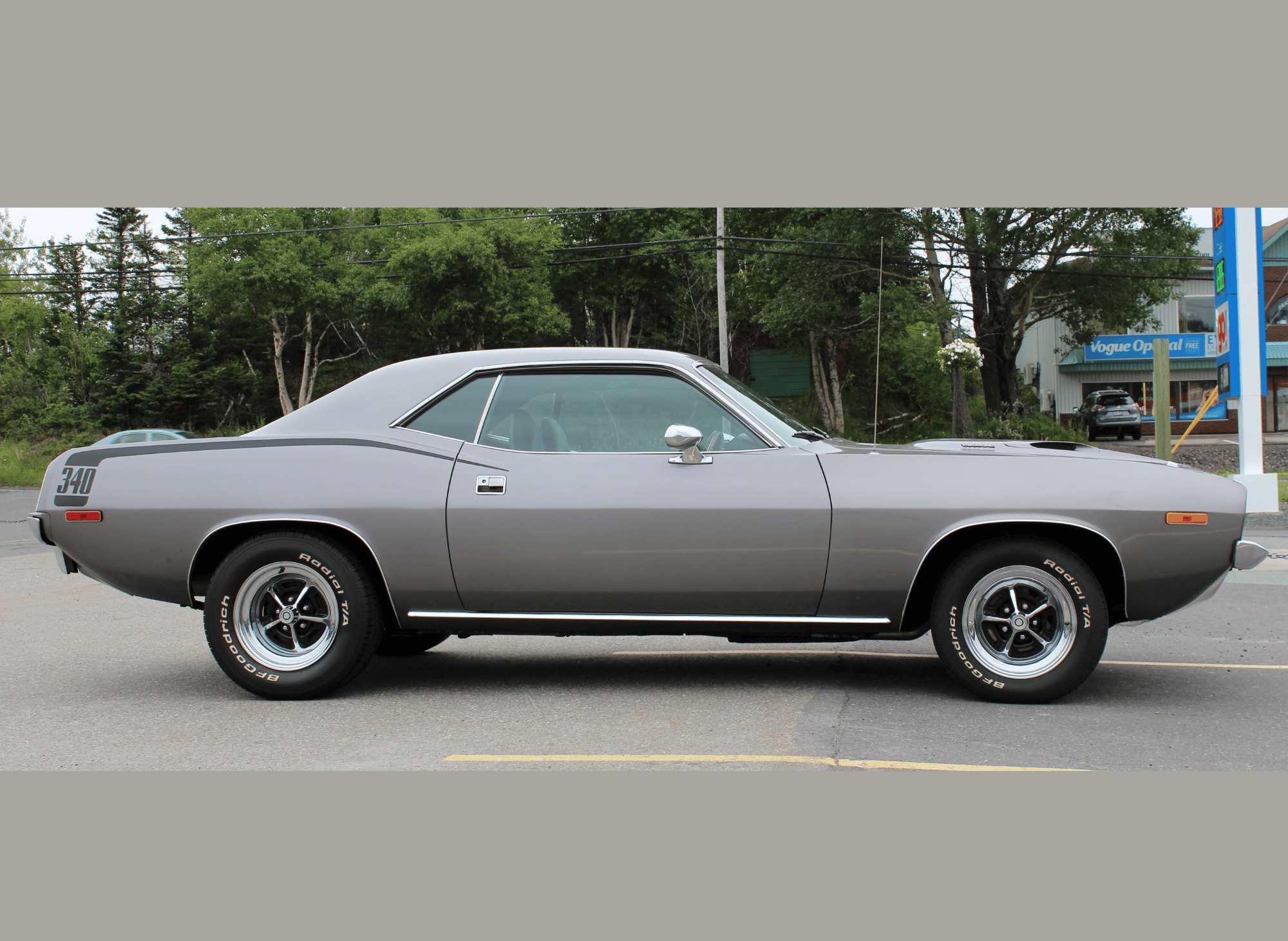
Performance and Racing
The Plymouth Barracuda’s reputation for performance and racing prowess is well-deserved. With a range of powerful engines, including the 318, 340, and the iconic 426 Hemi engine, the Barracuda was built for speed. The 426 Hemi, in particular, was a powerhouse, delivering 425 horsepower and making the Barracuda a force to be reckoned with on the track.
Equipped with a four-speed manual transmission and dual exhaust, the Barracuda offered a driving experience that thrilled muscle car enthusiasts. Its racing credentials were further bolstered by its participation in various racing series, including the SCCA Trans-Am Series, where it achieved several podium finishes. The Barracuda’s blend of raw power, agile handling, and racing success made it a favorite among performance car aficionados and solidified its legacy as a true muscle car icon.
The Barracuda’s Enduring Legacy
The Plymouth Barracuda may have exited the stage nearly 50 years ago, but its legacy is anything but forgotten.
A Symbol of American Muscle
The Barracuda cemented its reputation as one of America’s defining muscle cars. Its potent engines, aggressive styling, and evocative name made it a symbol of an era when Detroit ruled the road. For many enthusiasts, it remains a time capsule of American ingenuity and swagger.
Collectors and Enthusiasts of the Plymouth Cuda
Unsurprisingly, the Barracuda is highly prized among classic car collectors today. Well-preserved examples, particularly rare models equipped with high-performance engines, command a premium at auctions. For example, a 1971 Plymouth HEMI ‘Cuda convertible sold for a staggering $3.5 million in 2014—highlighting its enduring desirability.
Furthermore, the restoration and customization scenes ensure that the Barracuda remains relevant. Many enthusiasts take pride in restoring these cars to their factory glory or giving them a modern twist with upgraded suspension, brakes, and engines.
An Inspiration for the Modern Era: The New Barracuda
While the Plymouth brand no longer exists, and the Barracuda hasn't been resurrected (yet), its influence can still be felt today. Modern muscle cars like the Dodge Challenger owe a debt to the Barracuda, continuing the tradition of bold design and thrilling performance.
Why the Barracuda Still Matters
Whether you’re behind the wheel of a restored ‘Cuda or simply admiring one at a car show, there’s no denying the magic of the Plymouth Barracuda. It’s more than a car—it’s a cultural icon, a piece of history, and a reminder of what automakers can achieve when they balance artistry and engineering.
Thanks to collectors, historians, and enthusiasts, the Barracuda’s legacy is alive and well. And as muscle cars remain a beloved part of America’s automotive fabric, the Barracuda will always have its place in the pantheon of greats.
The Plymouth Barracuda is more than just its distinct exterior design; it is also renowned for its intricate details and functional components. At the rear, the Barracuda's iconic rear window design gives it a unique silhouette, setting it apart from other muscle cars of its era. Inside, the rear seats provided comfort and style, making longer drives enjoyable for passengers.
Under the hood, the air cleaner ensured the engine performed optimally by maintaining clean airflow. For many enthusiasts, the Barracuda was their first car, marking the beginning of a lifelong passion for classic automobiles. Despite having models with features like a single exhaust and a striking front grille, the standard engine offerings from the factory were anything but ordinary, driving the Barracuda to legendary status in the world of muscle cars.
Reignite Your Passion
If you're a classic car enthusiast or just curious about the Barracuda's place in automotive history, now’s the perfect time to explore more. Whether it’s restoring a '70s ‘Cuda or joining a local classic car club, you’ll find plenty of ways to connect with this iconic muscle car.
Want more stories and insights into classics like the Plymouth Barracuda? Subscribe to our newsletter for exclusive features, restoration tips, and event updates. Get inspired to keep the legacy alive!
Thank you for reading!
Your friend,
Todd
#PlymouthBarracuda #ClassicCars #MuscleCar #VintageVehicles #CarEnthusiast #AutomotiveHistory #RetroCars #CollectorCars #CarRestoration #AmericanMuscle
